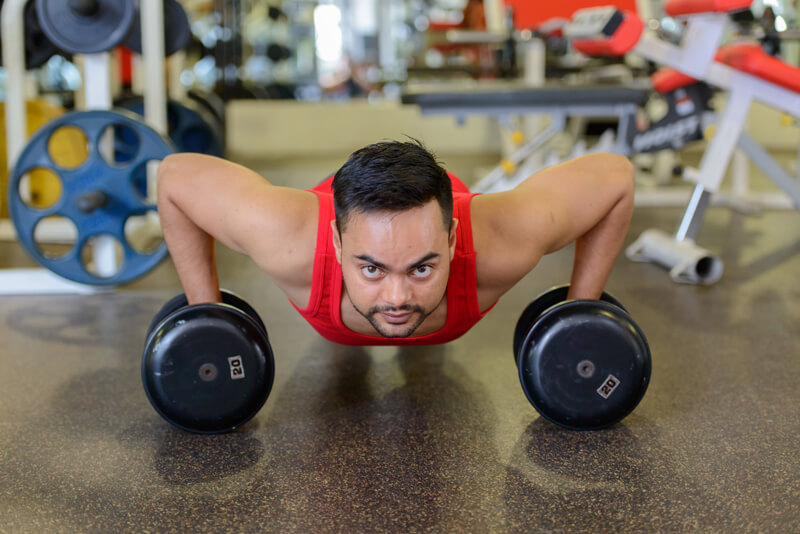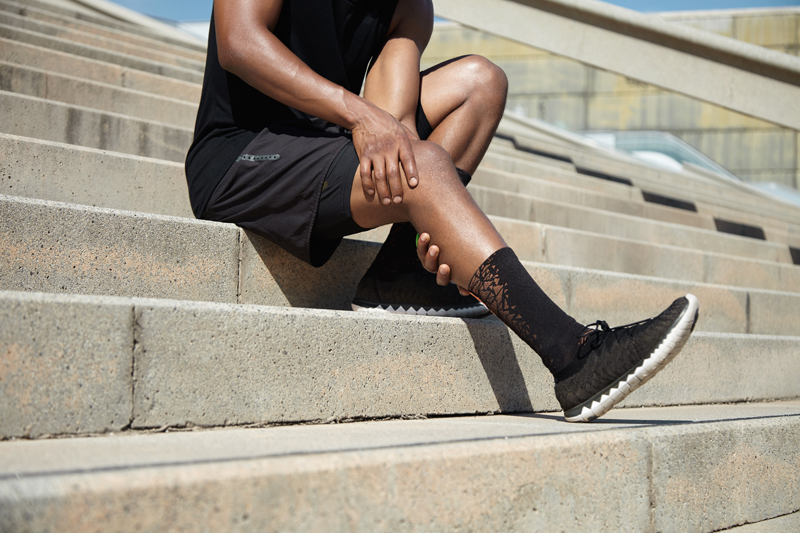Most people often misconstrue the meaning of muscle burn while working out. In fact, it’s not true that the ‘burn’ you may feel while exercising would directly be related to an optimal workout. This is mainly due to a number of factors and here, we’ll delve a little deeper and understand the co-relation between the burn you feel and the exercise itself.

Facts About Workouts
What is the ‘Burn’?
The common belief is that muscle burn is the result of lactic acid that’s produced due to the lack of oxygen in your muscles while working out. The first mix-up is that lactate, not lactic acid, is produced when you exercise at an intensity high enough to exhaust the muscle’s supply of oxygen. And even though there’s a correlation between the intensity of your workout and lactate and a declining exercise performance, lactate doesn’t really cause the burn you feel.

So what’s the story then? Studies showed that the production of lactate increases the number of hydrogen ions which make things acidic, and in turn causes the muscle burn that’s glorified so much. Lactate actually delays muscle fatigue and without it, your muscles would tire much quicker.
Misconceptions about Muscle Burn
Using the burning sensation in your muscles to gauge whether or not you’re having a good workout could be potentially dangerous. For example, doing a yoga pose or performing an exercise incorrectly will still cause a burn, but could cause an injury. Be safe; pick exercises that are a reasonable intensity level and perform them with great form. Don’t depend on the burn to tell you what is, and isn’t working.
Building Quickly
When you lift more than you are used to, or increase the reps on an exercise to an uncomfortable level, you end up putting yourself at risk for severe muscle pain.Also, avoiding a proper warm-up before exercising instead of a more gradual transition into the workout also ends up speeding up the muscle burn.This simply means that your body and muscles tire faster.

Stopping the Burn
The best way to stop muscle burn is to cease the workout. You’ll notice that the burning sensation quickly dissipates when you’re finished. Unfortunately, muscle soreness, which is a delayed reaction to the muscle fatigue, isn’t so easily dismissed. It’s a symptom that you face the next morning when your muscles are stiff and sore after a workout. But stretching properly after a workout can reduce some of this pain which is an after effect of a strenuous workout.

The Verdict
Listen to your body. Healing it and giving it enough rest to recover is very important if you want to exercise regularly. Exercising your muscles beyond their current endurance level along with improper nutrition could result in severe muscle fatigue.In order to recover, stretch your muscles immediately after any exercise. Make sure you focus on the muscles that you used during the exercise and also those that are prone to soreness.Applying ice and heat to the fatigued muscles helps as well. Make sure you replenish your body with plenty of fluids like water and electrolytes, both during and after exercise. Resting your muscles for about 24 to 48 hours before exercising again, works like magic. But if you do want to exercise during this time period, engage in light activity that moves your tired muscles but does not cause more strain. Lastly, discuss your exercise regimen with your doctor, who can provide the necessary suggestions that are specific to your exercise routine and refer to good fitness and nutrition articles to keep on educating yourself about your body.





 1800-270-7000
1800-270-7000











